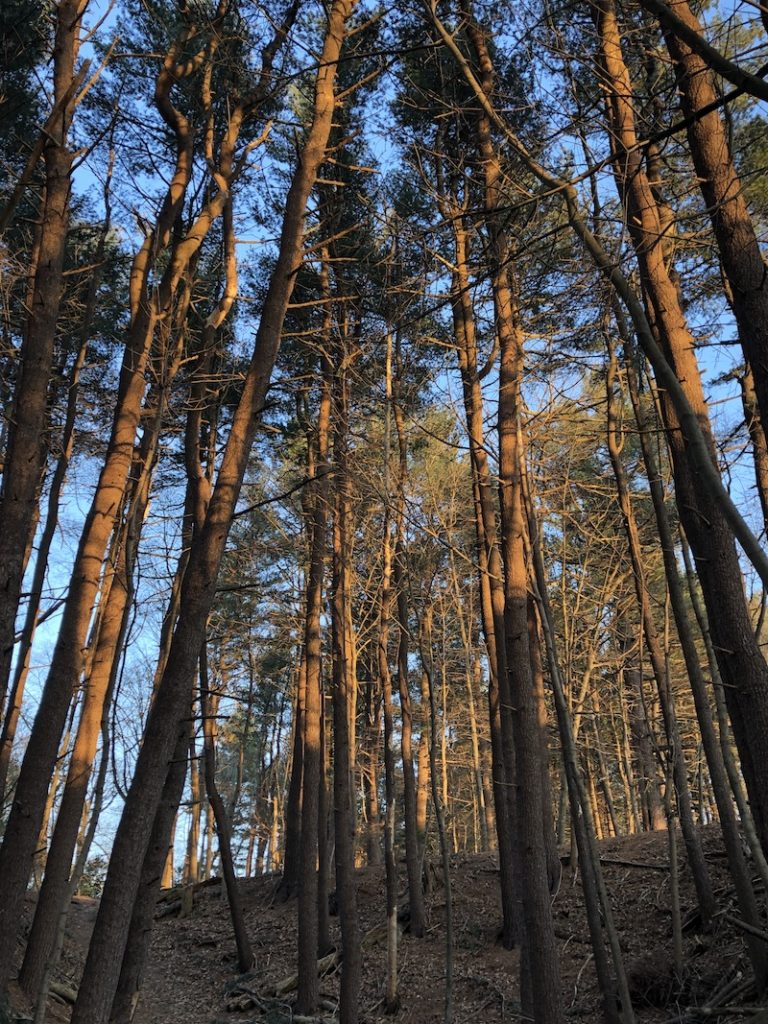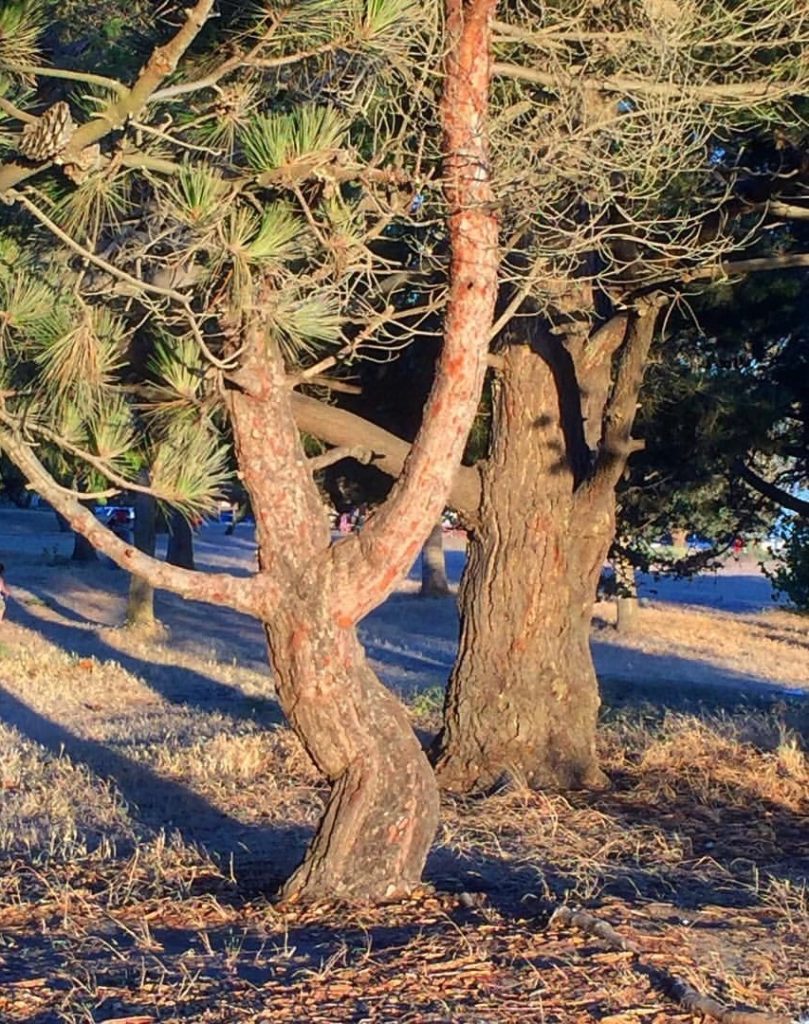
“How are we like trees?” I asked a group of third graders at Temple Shir Tikvah* in Winchester, MA. “Trees are unique, like us,” one child pointed out. “Trees take showers when it rains. Then they dry off in the sun,” another child laughed. “Yeah, the sun is like their towel!”
We were off to a great start. I had wondered: would 8 and 9 year olds be able to think metaphorically? “Let’s find out why people say the Torah is Etz Hayim, a Tree of Life. What do you know about trees and how does that fit with what you know about Torah?”
This inquiry was deeply personal for me. Like so many of us confronting climate change, my heart aches thinking about how human greed and over consumption has led to destruction of so many of the earth’s forests. As an educator and storyteller I look for ways to build environmental awareness on many levels.
It was just before the holiday of Tu B’Shevat, the New Year for Trees, a time of planting trees in Israel. I worked with the third grade teacher, Shuli Ben Natan, who is also a poet, to scaffold a process for the kids to write poetic phrases.
To introduce the theme of the day I told a midrash (kind of a pourquoi story) in which the letters of the Torah come to life, each vying for the honor of being the first letter of the Torah scroll. The letter bet wins out, spelling the word Bereisheet, “in the beginning.” Heaven and earth are the first creations of the world, and my story concludes: “the Torah is like a tree of life that spreads its roots deep into the earth and reaches its branches high into the heavens.”
Shuli and I provided prompts. The kids looked out the classroom windows at the trees near the school for inspiration. Here are some of their responses.

“I am like a tree when I am standing still, I stand strong in the wind, I use my imagination, I am born, I live.”
“I am like a tree when I am sleeping, I relax in the breeze, I know the beauty of life.”
“Sometimes they break, like humans, but they don’t stop. I think that is like me.”
“I am like a tree when I am reaching for knowledge.”
“I love how trees give oxygen, give me air so I am alive, it makes me care. I love how trees bloom in the spring and grow pretty leaves, sway in the wind, the sound of trees is so calming. I love how trees are big and strong, give us paper so we can draw. I love how trees help climate change, are all unique and beautiful, plant seeds and slowly grow tall.”
“I wonder if trees have friends like people do, can dance, look different in the past and the future generations, have feelings, or feel related to other trees. I wonder if trees are healthy.”
“The Torah teaches us to include others, to be kind and fair, to learn from our mistakes, to respect others’ beauty. The Torah is like a tree when it teaches us about life, to be brave and strong, how to learn from the generations. The Torah teaches us a story. ”
My hope is that this exploration of poetic imagery gave the kids a sense of the longstanding gifts of wisdom and beauty in the natural world and the Torah. Indeed, life on Earth depends on all of us now, and on the future generations to be better stewards and to be brave and strong as a tree.
Note: I’m grateful to my friend, Laura Katz, a fourth grade teacher in the Needham, MA public schools, who helped me to frame the inquiry for this session.
* I bring story-based approaches to Temple Shir Tikvah’s Learning Corps, where each grade pairs with a temple committee and learns about its work and values. The third graders comprise the Library Corps; they help the Library Committee distribute books to the congregation, and they learn how the Jewish people are called Am HaSefer, The People of the Book – referring to the Torah. See my other posts about the Learning Corps.
